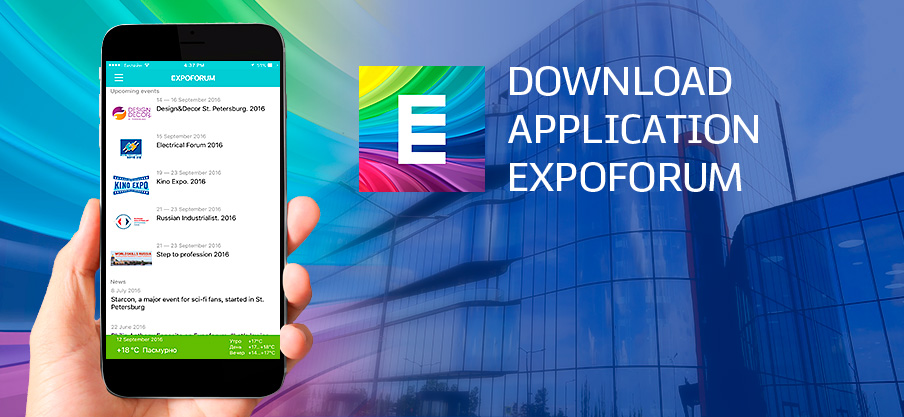Life after illness: how modern rehabilitation works
The features of modern rehabilitation for various diseases were discussed today by the participants of the IX All-Russian Scientific and Practical Conference “Medical Rehabilitation BRICS-2023. Prospects for the development of medical rehabilitation in the modern world” within the St. Petersburg International Health Forum at the Expoforum Convention and Exhibition Center.
Medical rehabilitation (a set of measures aimed at restoring the body after an acute illness) is necessary after treatment of most diseases, experts say.
In particular, experts said that rehabilitation is important after such a common disease as a stroke. According to the head of the medical rehabilitation department of I. I. Dzhanelidze Research Institute of Emergency Medicine Aleksandra Polyakova, about 10 thousand people suffer strokes in St. Petersburg every year, and about 30% of patients die from this disease in the acute period.
For other citizens who have suffered a stroke, rehabilitation should be aimed at restoring range of motion of the limbs and getting rid of pain. It is also important to restore speech, fine motor skills, and walking.
Since patients who have suffered a stroke suffer from infection in the lungs and cardiovascular failure, it is necessary to engage them in breathing exercises, physical therapy, help them to get up, while splitting up physical activity, emphasized Aleksandra Polyakova.
Conference participants also discussed rehabilitation of patients with urinary problems. As Sergey Zabirov, head of the medical rehabilitation center at the St. Luke Clinical Hospital, said, one of the reasons for the disorders may be a violation of the body geometry, for example, an increase in hyperlordosis and an increase in intra-abdominal pressure.
In such cases, one of the effective rehabilitation methods can be physical therapy, including strengthening the pelvic floor muscles, breathing exercises, etc. For lesions of the peripheral nervous system, other methods may be used, such as transcranial magnetic stimulation which helps to restore nerve connections in the cerebral cortex.
Experts also paid attention to recovery after an exacerbation of cervical radiculopathy, or cervical radiculitis.
As neurologist Ramazan Nazhmudinov, head of the department of medical rehabilitation of adults with dysfunction of the PNS and musculoskeletal system at St. Luke's Clinical Hospital, noted, almost 90% of people experience pain in the neck or back in one way or another, which is associated with degenerative changes in the spine. Most often, people aged 50–54 years suffer from cervical radiculitis.
The most common complaints with cervical radiculitis are pain in the upper shoulder girdle, numbness in the forearm, and weakness in the arms.
Rehabilitation after an attack of cervical radiculitis is carried out with non-steroidal anti-inflammatory drugs, B vitamin complexes, and muscle relaxants. Manual therapy can also be effective, says Ramazan Nazhmudinov. It is important that after rehabilitation the patient engages in prevention and physical therapy on his/her own, he emphasized.
The rehabilitation of patients with such a serious illness as epilepsy was discussed by the head of the scientific department of the Russian Scientific Research Institute of Neurosurgery named after Professor A. L. Polenov, Professor of the Department of Neurology and Psychiatry at the Institute of Medical Education at Almazov Center Natalia Ivanova. According to her, the main method of treatment and rehabilitation of epilepsy remains drug therapy, but against its background, 20–30% of patients continue to have seizures.
There are also surgical methods for treating epilepsy which patients can resort to 20 years after taking the drugs.

 Calendar
Calendar
 Online application
Online application
 Map
Map
 How to get
How to get


